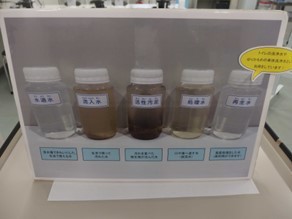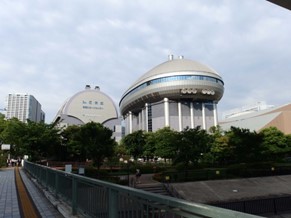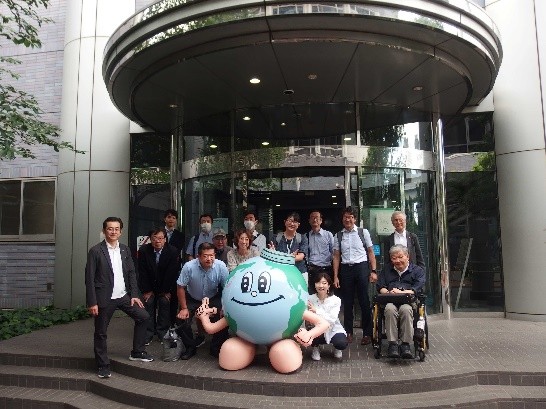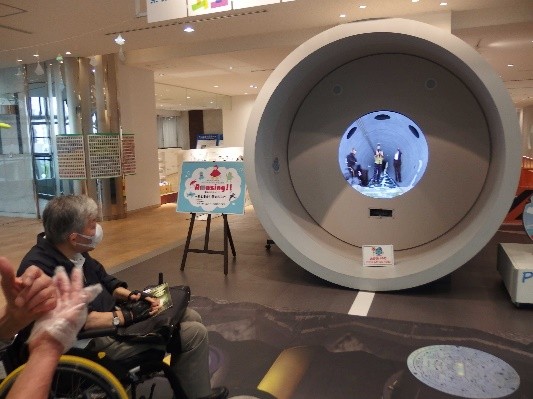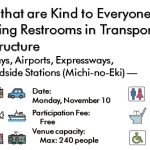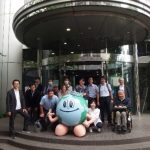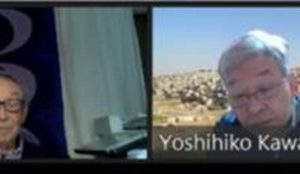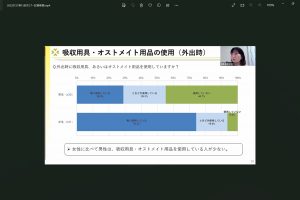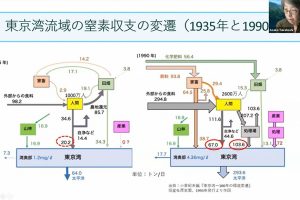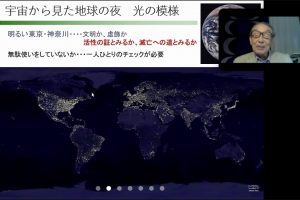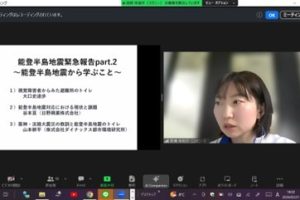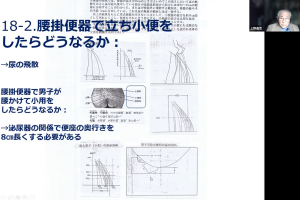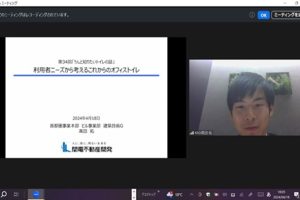1. Overview of the Ariake Water Reclamation Centre
This time, we toured the Ariake Water Reclamation Centre, which applies an advanced process called Anaerobic-Anoxic-Aerobic (A2O) Method to remove nitrogen and phosphorus, which are difficult to remove by the conventional wastewater treatment methods.
The facility is located at Ariake, Koto Ward in Tokyo, near Rainbow Bridge on the Tokyo Waterfront City Line nicknamed Yurikamome. Settling tanks, reaction layers, biological filtration ponds, and more are hidden beneath the tennis courts at Ariake Tennis Forest. The total site area is 46.6 km2 (square kilo meters), which is about the same size as Tokyo Dome. There is an exhibition facility called the Rainbow Sewerage Museum in the centre building, where families can gain their understanding of the sewerage system.
The treated water is discharged into Tokyo Bay. Some of it is further purified by the ozone treatment and fiber filtration, and is reused for the flushing toilets in buildings in the nearby waterfront city and for cleaning Yurikamome trains.
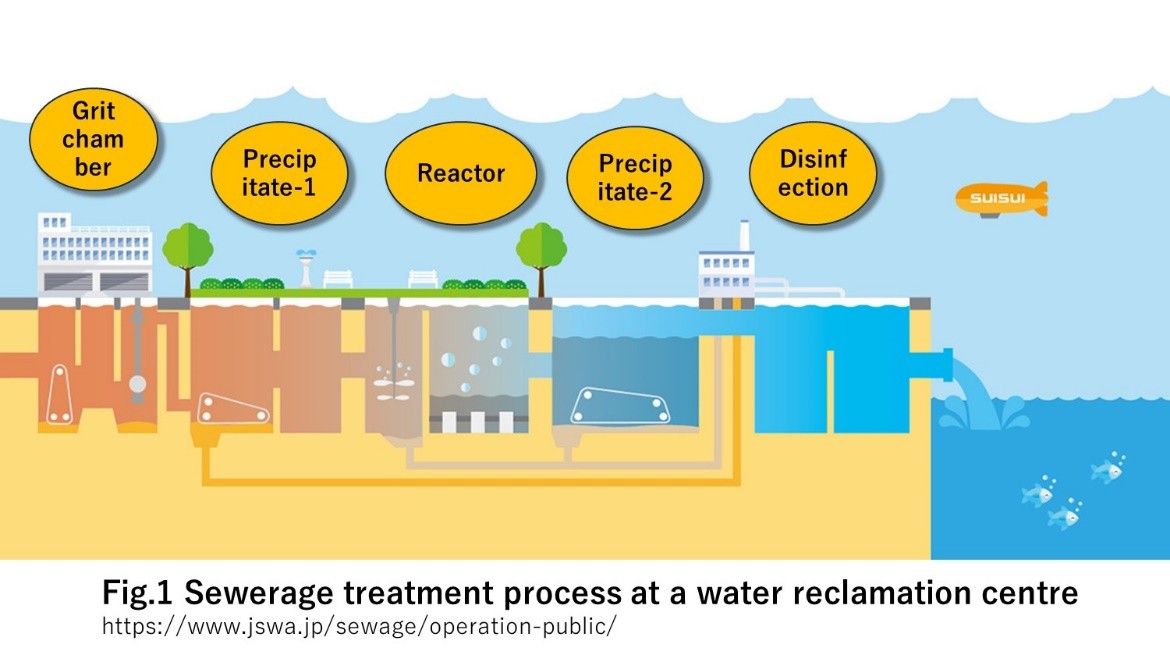
2. A2O method
The sewage treatment process at the Water Reclamation Centre is shown in Figure 1. At this centre, nitrogen and phosphorus are removed by applying the A2O method (anaerobic-anoxic-oxic method) to the reaction tank. This method is one of the advanced treatments for the sewage treatment, and is a biological treatment method used to efficiently remove nitrogen and phosphorus. This method combines three tanks – Anaerobic tank, Anoxic tank, and Oxic tank – and applies the activity of different microorganisms in each environment to remove nutrients from the wastewater. An enlarged section of the reaction tank is shown in Figure 2.

https://i0.wp.com/kenkidryer.jp
3. The centre tour
The tour began with 30-minute lecture in the centre, after then the tour participants split into two groups: one group walked around the sedimentation tanks, reaction tanks, and biological filtration tanks, which have varying levels. A wheelchair user and an elderly person visited Rainbow Sewerage Museum instead. The entire tour took about two hours, and participants gained a thorough understanding of the sewerage system. (Fig.3-6) Tours of this Water Reclamation Centre are free with a reservation, except on weekends, national holidays, and the New Year holidays.Tel:03-3241-0944
